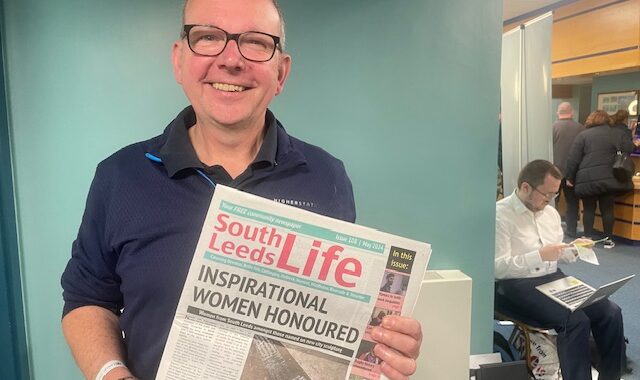How do you solve a problem like local news? How do you successfully hold councils to account and bring communities together as the traditional business model for local news struggles to be sustainable in the 21st century media market? Policymakers, academics here in Wales in partnership with others across the UK, funders and mainstream media organisations are beginning to ask just that, and are exploring new business models for delivering local news in the digital age.
The importance of independent, good quality local news to our individual and societal wellbeing is well known. But so too are the challenges facing local news; as a result of newspaper closures, loss of advertising revenue and job losses, a quarter of local government areas have no daily local newspaper, while a third are served only by a single provider. But with challenge comes opportunity.
There are over 400 active hyperlocal sites across the UK delivering 2,500 stories a week. But not all neighbourhoods, towns or cities have a hyperlocal site and there is significant variation in the type and quality of news coverage these sites deliver. It is clear however, that small, nimble, digital news ventures serving distinct local communities have an increasingly important role to play in the future of local news. So how can we better support current and new hyperlocal projects to fill news gaps and democratic deficits across the UK? Is there a role for a large-scale competitive fund to encourage innovation as proposed by the Media Standards Trust? Or should hyperlocal providers turn to their supporters through crowdfunding to secure their future? Can different support structures from different sources aimed at different types of projects co-exist so that we have a plurality of voices in the local news landscape?
The experimental approach taken by the Carnegie UK Trust through its Neighbourhood News project was to support local news organisations in Port Talbot, Brixton, Alston, Wester Hailes and Harlow with £10,000 each to deliver local news in new and exciting ways. And our small investment returned remarkable results.
Success and sustainability
The independent evaluation of the Neighbourhood News programme, carried out for the Trust by Talk About Local, has found that in return for a low level of investment, community-led local news projects provide good value for money, focus on important local issues and help bring communities together.
Their involvement in Neighbourhood News has helped the Carnegie Partners to work towards becoming sustainable. Port Talbot Magnet brought in sufficient advertising revenue from their last print edition to make a small profit and have now started working with the Centre for Community Journalism as one of 10 community news services in Wales which the Centre will support over the next five years; Brixton Blog have launched a crowd funding campaign for a new part-time news editor; the Digital Sentinel have secured more funding for a community reporter who will be key to delivering more content and encouraging the community to contribute; Your Thurrock has entered into a partnership with the Local World group, which will support the sustainability of both Your Thurrock and Your Harlow; and Cybermoor is continuing to develop its community reporters training programme through close ties with a successful community broadband project.
Peer support in the sector
Now that hyperlocals are proving that they can deliver and develop, our new report has 11 recommendations for how government, regulators and funders can support the continued growth community-led local news. But is not all up to others – local news practitioners also have a role to play in securing their own future.
Hyperlocal news projects should learn from the experiences of their contemporaries in the sector, including the Neighbourhood News projects, on how to attract audiences, engage with them, and, ultimately, how to deliver content long-term. Key lessons from the work of our Carnegie Partners include the need to understand your project’s web metrics (who visits your site? How do they find it? What are they looking at and for how long?), the need to manage workload carefully to avoid over-burdening project leaders and the importance of using more than one platform or channel to publish stories.
Local news groups should also make themselves visible and easily contactable. We recommend that the BBC should develop stronger relationships with small, independent local news providers, for example, using credited hyperlocal content in Local Live newsfeeds, hosting joint training with hyperlocals, and offering content for hyperlocals to use. We were encouraged to hear James Harding, BBC Director of News and Current Affairs, confirm at the BBC Revival of Local Journalism event that the BBC will look at how it can work with hyperlocals. But how do BBC reporters and other local newspaper journalists find reputable hyperlocals to work with? We need to make it easier for time-pressured journalists to quickly identify credible hyperlocals working in their area. Local news groups can help increase their own chances of collaborating with large news organisations by ensuring that their information is uploaded on to the Openly Local directory and Centre for Community Journalism network where journalists can search for partners by postcode.
Our Neighbourhood News project and analysis of the wider hyperlocal news landscape has found that hyperlocal websites fulfil the traditional function of local news providers which governments, regulators and funders support; they just deliver it differently. But they need support to fulfil their potential. With the tools necessary for the digital dissemination of news and information more accessible than ever before, the time is now to support neighbourhood news to develop and grow across the UK.
Images accompanying this article are copyright Rachel Howells.





